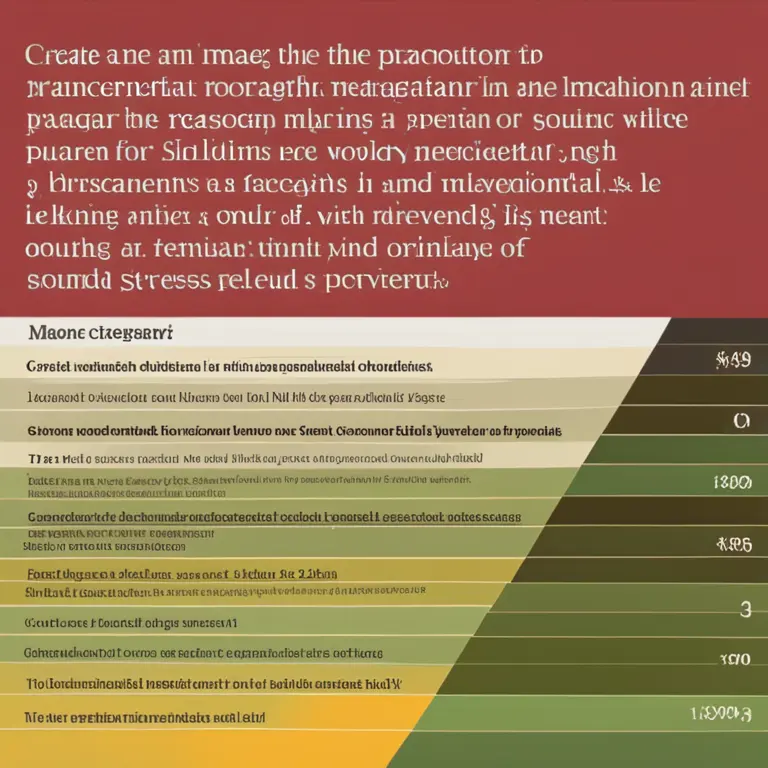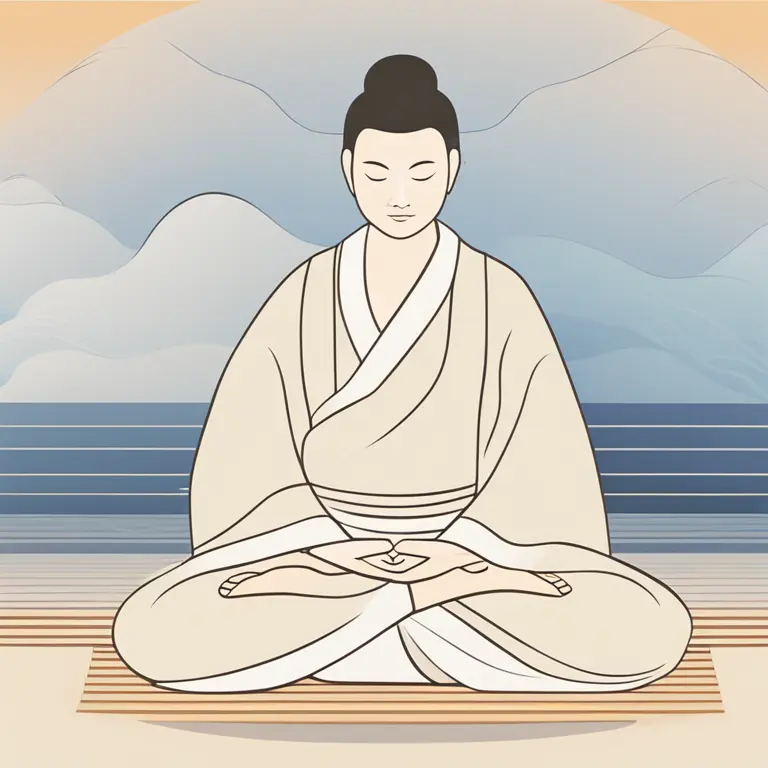
Five Meditation Techniques for Modern Calm
Discover five diverse meditation techniques to cultivate inner peace and enhance your spiritual practice in today's fast-paced world.
article by Hina Kurosawa
Introduction to Modern Meditation
Meditation has transcended time, evolving with the modern age to become a fundamental part of many individuals' daily routines. As our societies advance and the stresses of contemporary life increase, the practice of meditation serves as an invaluable tool for achieving clarity, emotional stability, and a harmonious balance. From traditional methods that have stood the test of time to innovative approaches tailored to the modern seeker, this article introduces five meditation techniques that resonate with our current era's unique rhythms and challenges.

Mindfulness Meditation
Mindfulness Meditation stands as a beacon of simplicity in our complex world. This practice grounds individuals in the present moment, urging them to observe their thoughts and feelings without judgment. By focusing on breath or bodily sensations, practitioners learn to cultivate awareness and consciously respond to life's situations rather than react impulsively. As research increasingly supports mindfulness for its health benefits, such as reduced anxiety and improved concentration, this technique continues to gain popularity and serves as an essential starting point for many in their meditative journey.

Zazen: Zen Meditation
Originating from Zen Buddhism, Zazen, or seated meditation, requires practitioners to delve into deep concentration. Here, the focus lies heavily on the posture: legs crossed, spine straight, and hands forming a cosmic mudra. Participants direct their attention to the flow of breath and practice "shikantaza," which translates to "just sitting," a form of meditation without any object, thought, or activity. Zazen embodies minimalist principles and holds profound relevance for contemporary meditators seeking a stripped-down, raw meditation experience reflective of the Zen tradition's essence.

Transcendental Meditation
Transcendental Meditation is a form of silent mantra meditation popularized in the mid-20th century and perpetually relevant for its purported stress-relieving qualities. Participants use a personalized mantra, typically a word or sound with no specific meaning, to help transcend ordinary thinking and tap into a state of pure consciousness. This technique's effectiveness lies in its structured and straightforward approach, making it a favorable choice for those yearning for a more systematic path to relaxation and self-discovery.

Guided Visualization
Guided Visualization, often referred to as Guided Imagery, offers an accessible entry point into meditation that resonates with our media-rich environment. Here, practitioners embark on a mental journey, guided by a narrator's voice, to visualize a peaceful scene or narrative. This technique leverages the power of the mind's eye to foster relaxation and healing and is particularly beneficial for those who find silence and stillness challenging or those seeking specific outcomes, such as improved sports performance or enhanced self-esteem.
Mantra Chanting and Sound Meditation
The use of sound in meditation, be it through mantra chanting or instruments like singing bowls, taps into the vibrational nature of existence. In mantra chanting, repetitive sounds or phrases are used to focus the mind and elevate the spirit. Sound Meditation employs instruments or vocals to produce resonating frequencies that promote deep meditation. Modern practitioners often find that these meditative sounds can help break through the noise of daily life, offering a harmonious path to inner silence and serenity.
Published: 1/18/2024
Modified: 1/18/2024
More predictions
Come back here soon to learn more about yourself and your future


The Science View: Meditation & Brain Health
Delve into the science of how regular meditation practices can influence and improve brain function and overall mental health.


Meditation's Effect on Blood Pressure
Discover how meditation can contribute to lower blood pressure, offering a serene path to cardiovascular health in this in-depth article.